The leadership landscape is undergoing a seismic change. The tectonic plates of economic stability, political surety and social focus are on the move, and it’s causing tremors that are being felt in boardrooms all over the world. As leaders look at what needs to change in their organisations to meet the needs of a shifting world order, they will be looking to their advisors and partners to help guide them through shaky ground and make sure they emerge with strong foundations for growth.
Put bluntly – and sticking with the earthquake metaphor – this means that HR professionals need to develop a solid knowledge of leadership seismology in order to create and implement the right people, culture and change strategies, and to shape a robust future talent pipeline.
As chief executive of a growing search firm, Starfish Search, I’ve been privy to all manner of conversations over the years. In recent months, one theme is dominating the burning topics in the boardroom: what do our leaders need to do to allow organisations to thrive in a new world order? And what needs to change to allow that to happen?
Starfish was created in 2019 with a vision to work with organisations in the public interest, combining executive and board search expertise with a strong social focus and acknowledging the role that successful leaders play in shaping society, both as role models and as influential forces for change. Today, priorities are changing and it’s our role as recruitment partners to understand these shifts and guide our clients to make the right choices, just as it’s HR’s role to shape the way we work, and develop and foster emerging talent.
Planning for the unplannable
Pre-pandemic, most client organisations within civil society would tell us they were still changing, and most were already saying they were fatigued by too many successive periods of change. Many were concentrating on diverse teams that enabled them to connect with communities reliant on their services. Others were in various stages of digital advancement and financial remodelling. HR teams were operating in a state of constant flux, moving from one organisational priority to the next.
Over the last five years, there has been wave after wave of changing priorities within organisations, along with significant challenges in the working population which have made developing and maintaining a talent pipeline harder. Starting with the initial reaction to the 2020 lockdowns five years ago, we can track a winding path through a lengthy and intense period of repair and restoration and into an era in which it has been very difficult to make decisions that will stand the test of time.
HR leaders have lived through a sudden shift to remote working, the ‘great resignation’, the ‘grey resignation’, tensions in return to office mandates and more. And they have lived through all of that while having to update policies, while being expected to have a clear plan for leadership succession and the development of organisational culture in the face of significant and unpredictable change.
In a report in 2022*, participants were already talking about volatility being here to stay. “What risks to the business have we not traditionally considered?” one respondent asked. “We traditionally have a disaster recovery plan for fire, flood, physical or cyber terrorism, but what about disaster that unfolds progressively or a disaster of national or transnational proportions?”
In 2022, red lines were firmly in place in the minds of leaders: there were events that might happen, but there were a lot more events that no one thought would ever happen. And if they did, they would unlikely happen here, in which case their organisation would likely remain untouched. As another participant commented: “This is the decade when organisations are going to be forced to get it right”. It was prophetic.
Understanding a new global order
Since that time, organisations have struggled to put together cohesive strategies that last for more than five minutes. It’s hard to decide what success looks like when the sands are shifting every day. Many created a high-level plan using 2030 as a milestone, to guide direction. Others admit that it’s work in progress, but it’s progress nonetheless.
More recently, global developments have continued to combine with political and economic disruption at home – and of course the public diagnosis of issues in the UK has also changed. All of this has, perhaps insidiously, increased levels of stress and exposure experienced by organisations, impacted on confidence and attitudes to risk and introduced questions of perspective now being debated at the board table.
In 2019, it was enough to see a UK organisation within its neat sector and geographical context. Today, that’s no longer the case and understanding an organisation’s situation now means following a much longer thread back to the situation of supporters, funders and service users, all of whom are impacted in some way by events much further afield. Such is the nature of our interconnected and therefore uncertain world.
Already, 2025 is a year of questioning. I have never had a year when so many clients and candidates have sheepishly asked me whether what their organisation is experiencing is a unique phenomenon or if there are others in the same boat; what people are feeling is that the world is not turning on its conventional axis.
Disruption is happening at all levels and, combined with unprecedented volumes of disinformation, the world has been thrown into a state of confusion. What used to be a normal way of decision-making is now based on speculation, conjecture and a fear of what happens if it goes wrong. Uncertainty, of course, also has an uncanny knack of removing our own sense of accountability in terms of shaping future direction, and the growth of short-termism doesn’t help this.
It can be easy to focus the attention surrounding change on what’s shifting inside an organisation, but what’s happening today is that external changes are becoming so weighty that they’re impacting organisational development. From political changes like those observed at the most recent British elections, to the speed of AI adoption in the broader world, these macro trends have a real-life impact inside an organisation. The best leadership will recognise this today and make planning for tomorrow a priority.
Using HR to shape leadership
What all this means is that a new strategy and more creative approach is needed when we’re looking at recruiting senior talent and nurturing the pipeline of future leaders. Being the strong, supporting force that Senior Leadership Teams need requires people and culture directors to adopt a broad perspective. The same goes for recruitment partners: we expect profound change in what it means and feels like to lead organisations, and therefore some change too in both the services and advice offered by search firms.
What’s needed is a more adaptable, flexible and open-minded approach to the practice of choosing leaders, and a clearer understanding of what modern leadership really means and looks like. Nailing these two things will be game-changing in the years to come.
In an age of polarised debate, we can’t shy away from the difficult issues in carrying out our work. “The amount of change we’re seeing at the moment is probably the least we will see in the future,” one Chair told me three years ago. Again, prophetic words – the pace of change is rapid and external factors are weighing heavily on senior minds.
As unpredictability persists, understanding the zeitgeist is going to be ever more important and being clear-sighted on what lies ahead is the only way to navigate a new world.
*Starfish







